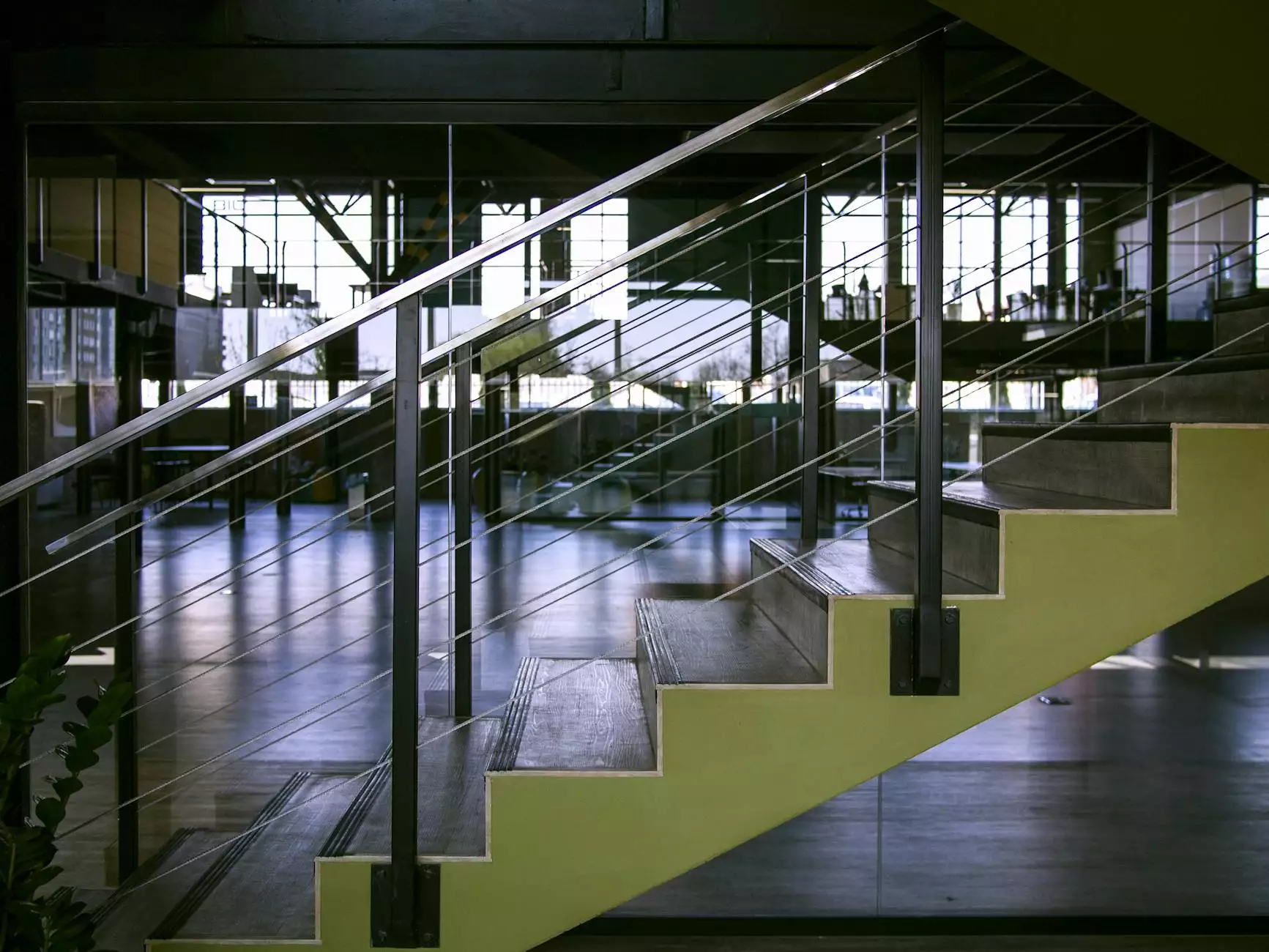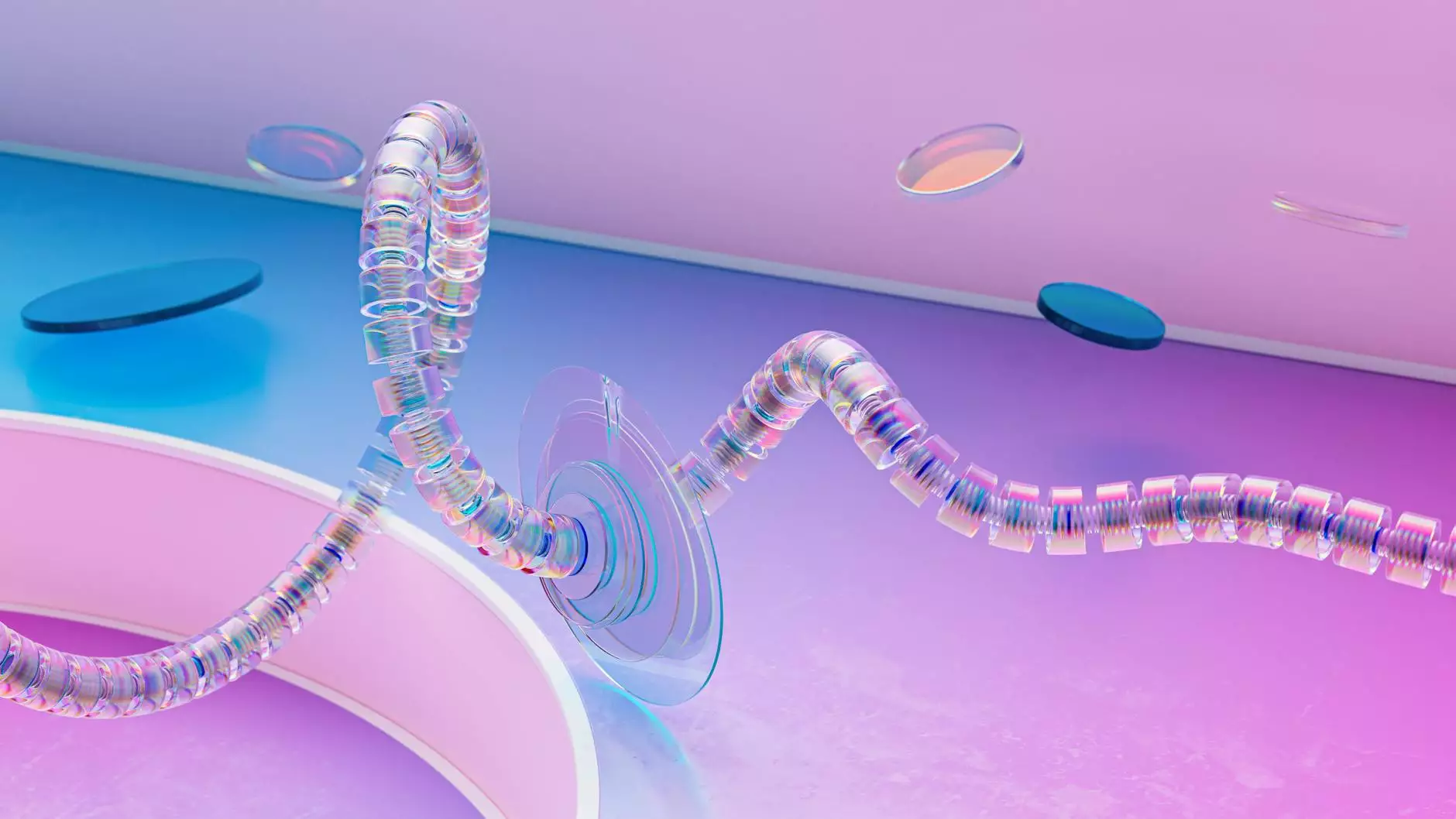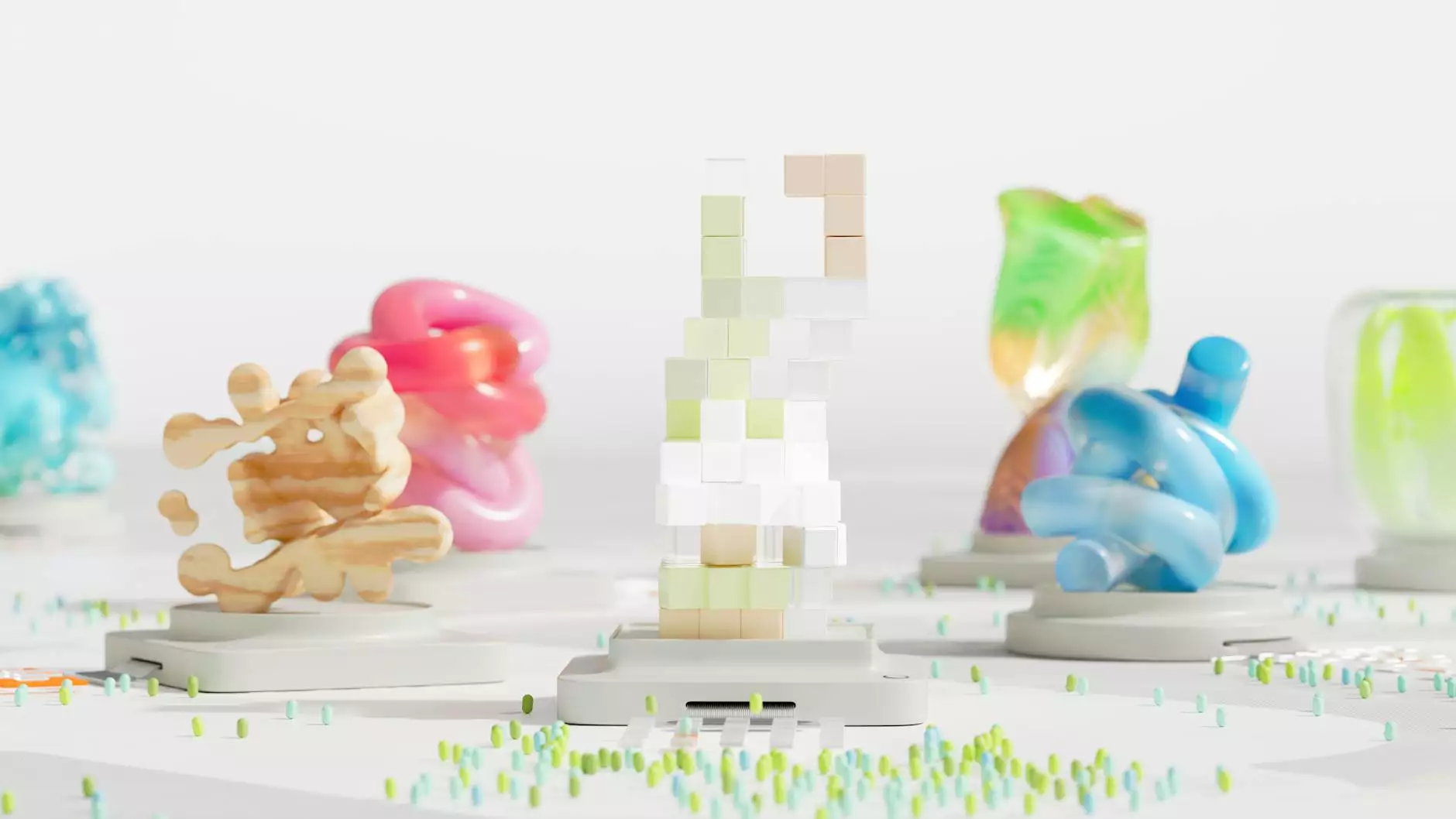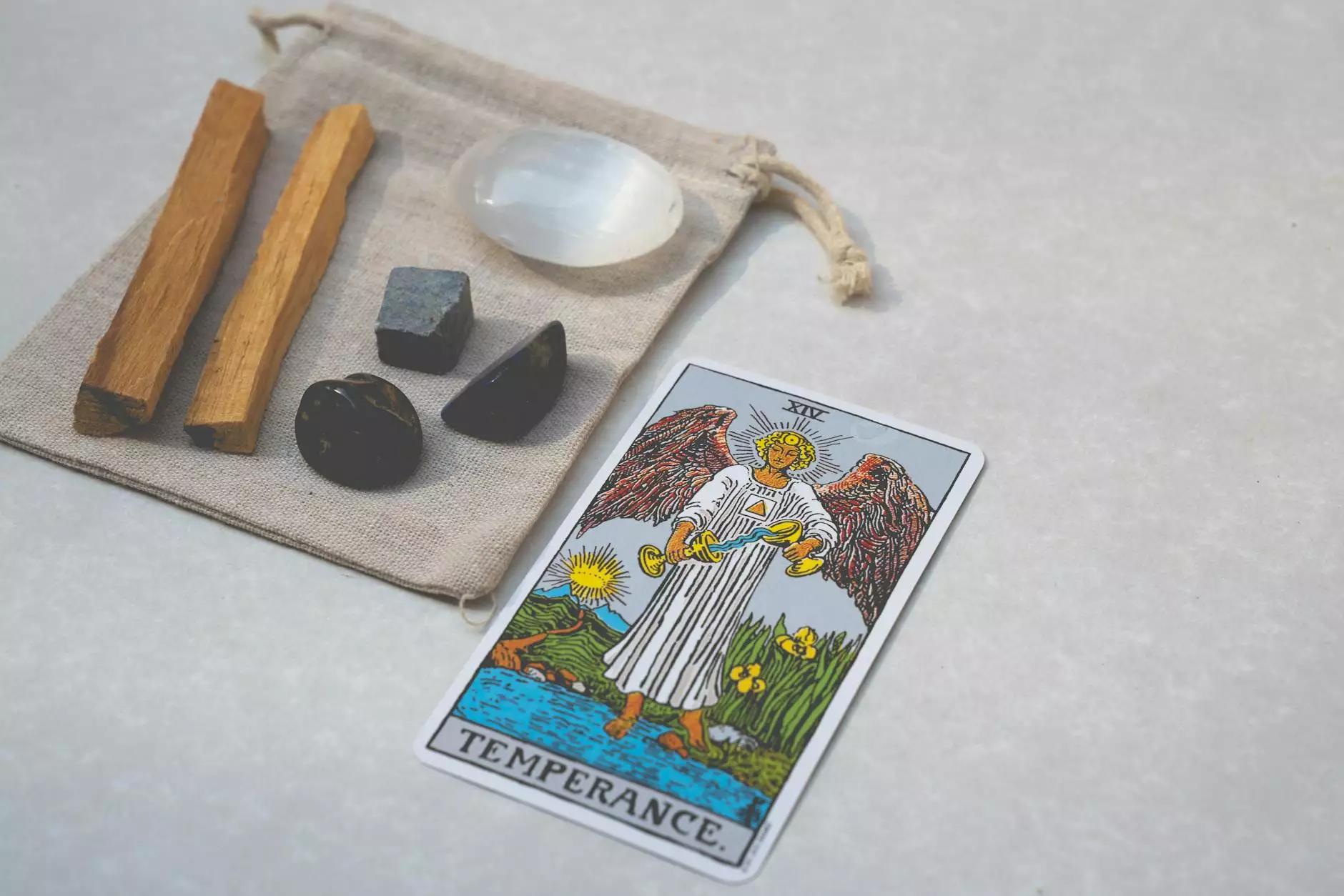The Ultimate Guide to the Pool Plastering Process
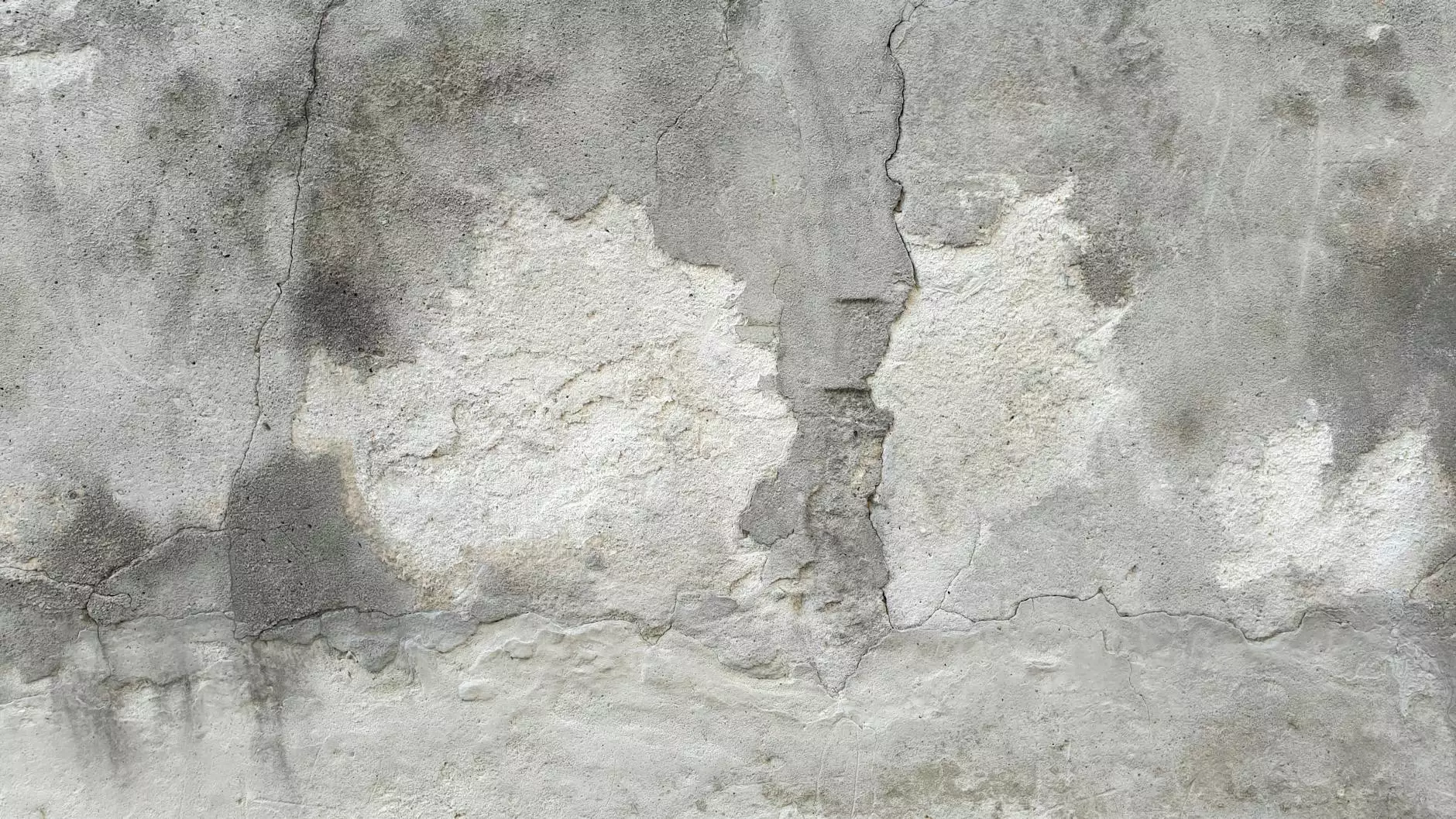
When it comes to maintaining the beauty and functionality of your swimming pool, one essential aspect that should not be overlooked is the pool plastering process. This crucial step not only enhances the aesthetics of your pool but also significantly contributes to its longevity and usability. In this extensive guide, we will delve deep into every aspect of the pool plastering process, providing you with the knowledge you need to make informed decisions for your pool renovation.
Understanding the Importance of Pool Plastering
The plastering of your swimming pool is vital for several reasons:
- Surface Protection: The plaster serves as a protective layer, safeguarding the underlying structure of the pool from elements such as water and chemicals.
- Enhanced Appearance: A freshly plastered pool looks stunning, providing a clean and inviting look for your backyard paradise.
- Improved Durability: Quality plaster can extend the life of your pool by preventing leaks and inhibiting mold and algae growth.
- Better Water Chemistry: A good plaster finish helps maintain water chemistry balance, achieving a healthier swimming environment.
Types of Pool Plaster Finishes
Before diving into the pool plastering process, it’s crucial to understand the different types of plaster finishes available:
- Standard Plaster: This is a traditional and economical choice, made from a mixture of cement, sand, and water, providing a smooth surface.
- Aggregate Plaster: This involves mixing small stones or glass beads with the plaster, resulting in a more textured surface that is often more durable and visually appealing.
- Quartz Plaster: A popular option that combines plaster with quartz crystals, offering enhanced strength and a beautiful sparkle.
- Glass Bead Plaster: This luxurious choice provides a stunning finish with glass beads that reflect light, making the pool water appear vibrant.
The Pool Plastering Process Explained
The pool plastering process can be broken down into several key steps:
Step 1: Preparation
Preparation is the backbone of any successful plastering job:
- Drain the Pool: Begin by completely draining your pool, ensuring that no water remains in order to allow a clean, dry surface for plaster application.
- Surface Cleaning: Clean the pool's surface thoroughly to remove any dirt, debris, and existing plaster. A high-pressure washer is often used to achieve a spotless surface.
- Repairs: Inspect the plaster surface for cracks or damage. Make any necessary repairs using appropriate bonding agents to ensure a proper adherence in the next step.
Step 2: Mixing the Plaster
Once the pool is prepared, it's time to mix the plaster:
- Follow Manufacturer Instructions: Each plaster mix has specific mixing ratios. Consult the manufacturer's guidelines for ideal results.
- Consistency: The plaster should achieve a creamy, workable consistency that is easy to apply while still holding its shape once applied.
- Batch Sizes: Prepare batches that can be applied in a timely manner; working with small batches helps maintain quality and consistency in application.
Step 3: Application of Plaster
The application phase is critical for a flawless finish:
- Initial Layer: Start applying the plaster from the deep end, using a trowel to work your way to the shallow end. This ensures an even spread.
- Technique: Apply the plaster in sections, ensuring even thickness to avoid weak spots. A uniform layer is crucial for durability.
- Second Layer: After allowing the first layer to firm up, apply a second layer. This adds strength and helps cover any imperfections in the first layer.
Step 4: Finishing Touches
Finishing touches significantly affect the appearance:
- Smoothing: Use a finishing trowel to smooth the surface while the plaster is still damp. This provides a sleek look and feels good on the skin.
- Texturing: If desired, add texture to the plaster using special tools. Textured finishes can add grip and aesthetic appeal.
Step 5: Curing the Plaster
Curing is as important as the application:
- Watering the Surface: Once applied, keep the plaster moist. Use a garden hose to gently mist the surface for at least one week to prevent cracking.
- Temperature Considerations: Ensure that the curing process takes place under suitable temperatures. Avoid direct sunlight as much as possible during curing.
Post-Plastering Care and Maintenance
After the plastering process is complete, proper care is essential:
- Water Chemistry: Maintain balanced water chemistry to protect your new plaster from corrosion and staining.
- Brushing: Brush the pool surface regularly for the first few weeks to promote even curing and to remove any initial dust or debris.
- Avoid Heavy Use: Limit pool use for the initial weeks post-plastering to allow the plaster to fully cure and harden.
Common Questions About the Pool Plastering Process
How often should I replaster my pool?
Typically, a pool needs replastering every 15 to 20 years, depending on the type of plaster used and how well it has been maintained.
Can I use my pool immediately after plastering?
No, you should allow the plaster to cure for at least 28 days before filling the pool with water.
What are the signs I need to replaster my pool?
Common signs include visible cracks, discoloration, roughness, or peeling plaster. If you see any of these signs, it may be time to consider replastering.
Conclusion
Understanding the pool plastering process is essential for any pool owner looking to maintain the quality and appearance of their swimming pool. From choosing the right plaster type to ensuring a meticulous application and proper post-care, each step is vital in creating a durable and beautiful swimming space. Whether you are tackling the project yourself or hiring professionals, informed choices will lead to a stunning pool that not only looks great but also withstands the elements for years to come.
For those considering a pool renovation or seeking expert advice, visit us at poolrenovation.com. Our team is dedicated to delivering unparalleled service and quality outcomes for all your swimming pool needs.





